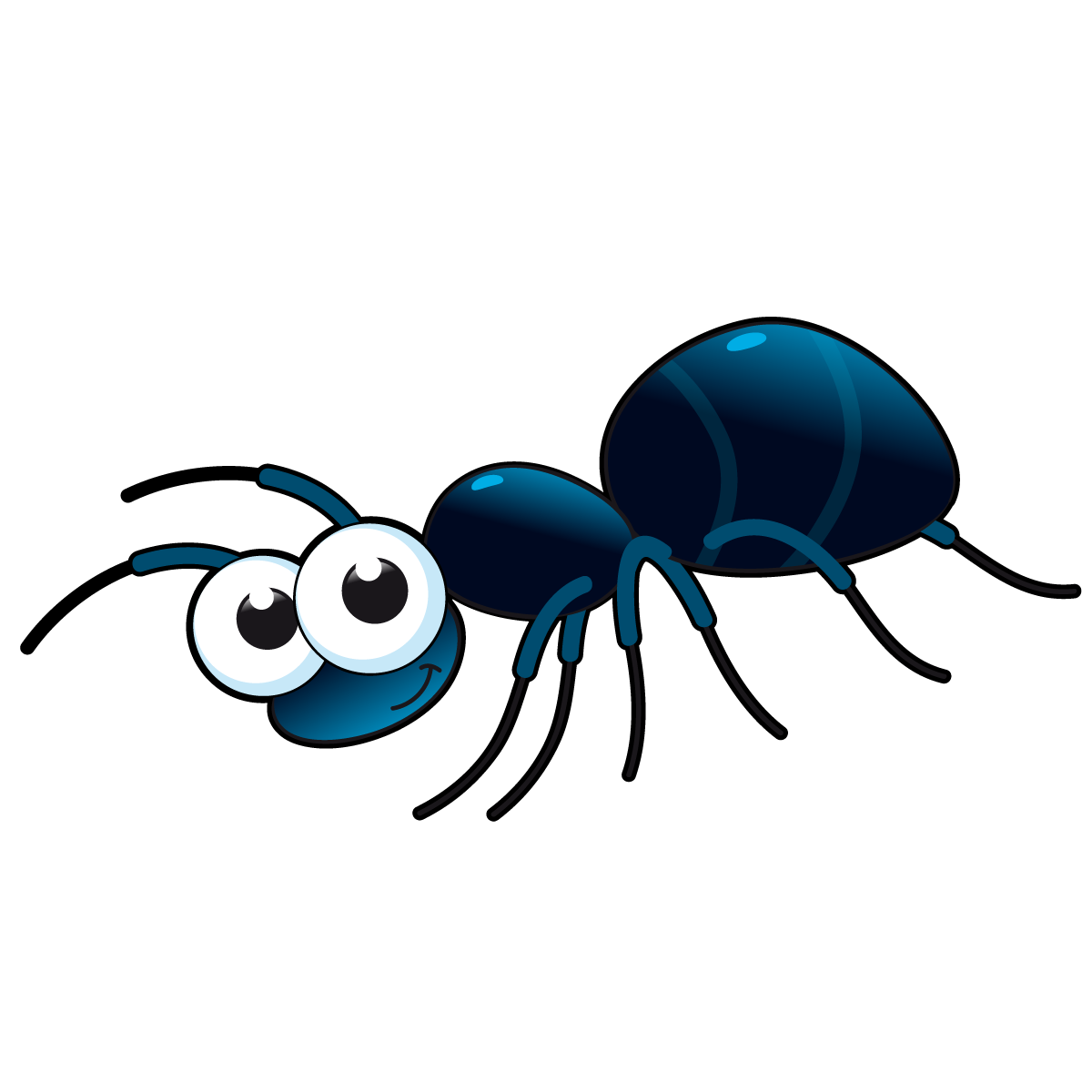How baby ants are taught
Posted on 2019-10-11 07:22:17

We are constantly learning that animal behaviour is far more complex and organised than we suspect. We tend to think of Homo sapiens as a uniquely superior animal and forget that ours is an evolutionary story. Most of the time we greatly underestimate the abilities of other animal species.
A cutting I once took from London’s Daily Telegraph newspaper reported that University of Bristol scientists had found that ants not only make use of teaching techniques to instruct young ants, but also bring them on at their own pace by making sure that they have fully grasped earlier instructions before moving on to more complex ones.
The team’s article in the top scientific journal, Nature, described how adult ants teach young ants how to find food by running with them in tandem. Professor Nigel Franks commented that “true teaching involves feedback in both directions between the teacher and the pupil. The teacher provides information at a rate suited to the pupil’s abilities, and the pupil signals to the teacher when parts of the lesson have been assimilated”. They found that the methods they were observing in ants met these teaching criteria.
They found that ants laid trails of chemicals called pheromones to guide other ants to food. The leader, a female ant, finds a young ant willing to follow her to food. “The follower frequently pauses to get her bearings before tapping the hind legs and abdomen of the leader to let her know that they can proceed.” If the leader moves too far ahead, she will slow down, and the follower will increase its pace.
Professor Franks said that any competent teacher would recognise that the leader ant’s process is similar to good learning style in a classroom: the leader makes sure that the follower is understanding the process; she follows a specific plan; she adapts the pace to the followers’ needs.
The Daily Telegraph editorial for that day recommended that human teachers could not do better than “follow the practices of the ants”. Classroom teaching pace is too often at the pace of those learners who grasp new material quickly. Overlong syllabuses often do not allow for proper exploration, creative input, questioning, and general discussion. If children are able to understand the basics thoroughly, they are able to proceed at a faster pace, instead of falling behind.







